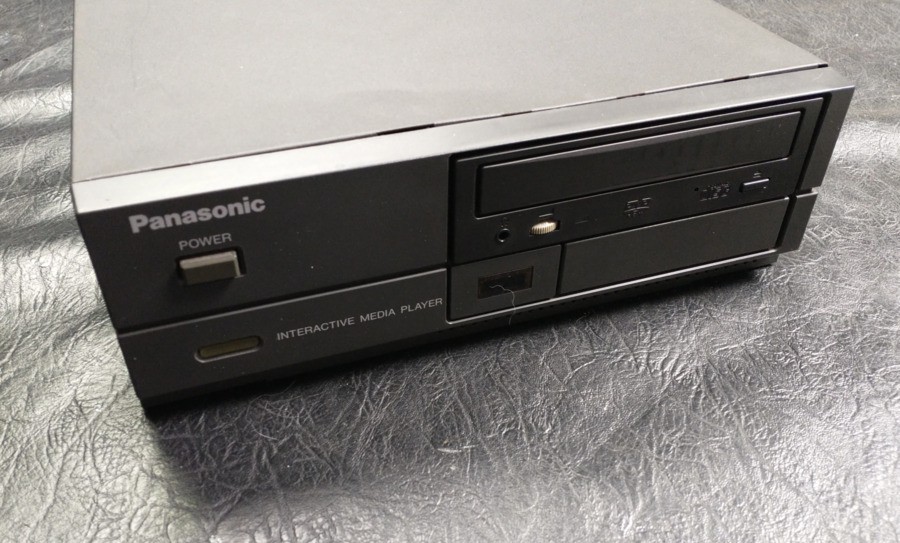
Trip Hawkins was set to revolutionise the games industry when he revealed his 3DO project in the early '90s. After years of companies like Sega and Nintendo dominating the sector, Hawkins – who had previously founded the publishing giant Electronic Arts – proposed a different approach.
3DO would create the 'hardware standard' (like DVD or VHS) while external manufacturing partners would produce the systems under licence. Panasonic, Goldstar / LG and Sanyo all signed up to make 3DO consoles, but dismal sales and a lack of genuinely compelling software hampered its chances of success; only 2 million units were sold worldwide by the time the plug was pulled.
That didn't stop 3DO from working on a successor, codenamed M2, which was expected to outperform the Saturn and PlayStation, both of which were entering the market in 1994. In 1996, 3DO sold the rights to M2 to Panasonic's parent company Matsushita, only for the Japanese electronics giant to cancel the project the following year. However, M2 wasn't a complete loss; while no home console was forthcoming, Panasonic did commercialise the system in various ways – one of which was the kiosk-style FZ35-S unit.
According to the 3DO Archive, the FZ-35S "was a kiosk-style system manufactured by Panasonic for the commercial side of business. This system features typical M2 hardware plus some for IDE devices and Zip. The system has S-Video, Composite, and VGA RGB. This particular system is able to play unencrypted titles of released betas/alphas, but not arcade titles."
One of these units has just sold on Yahoo Auctions Japan for 150,000 Yen (around $1,000), and it even comes with a commercially-produced M2 game: Pon Pon Land. As Digital Eclipse Editorial Director and former games journalist Chris Kohler states, that's more than likely a lot less than the system (and software) is actually worth. According to Console Variations, between 10,000 and 50,000 units of this model are thought to exist.
Several other M2 titles were either released or known to be in production back in the 1990s. Konami's Tobe! Polystars made it into arcades in 1997, running on Konami's version of the M2 hardware – the following year's Battle Tryst also ran on the same system.
